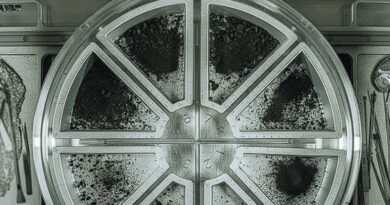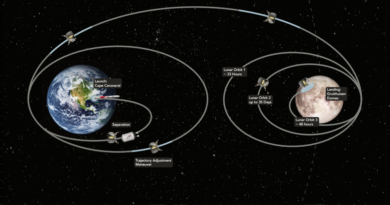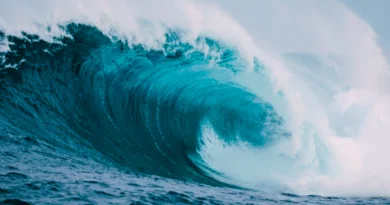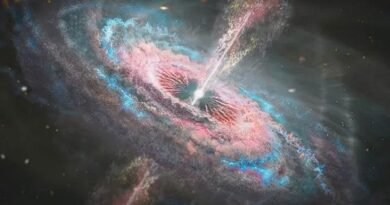James Webb Space Telescope Unveils Discovery: Oldest and Farthest Black Hole Ever

The James Webb Space Telescope makes a historic revelation, uncovering the oldest and most distant black hole ever observed.
In a groundbreaking discovery, astronomers using the James Webb Space Telescope (JWST) have unveiled the universe’s oldest black hole, a mere 400 million years post-Big Bang. This revelation not only sheds light on early celestial phenomena but challenges established theories on rapid supermassive black hole growth.
Situated in the ancient galaxy GN-z11, 13.4 billion light years away, this colossal black hole, six million times the sun’s mass, devours matter at an unprecedented rate, surpassing theoretical limits by a factor of five.
Roberto Maiolino, leading the University of Cambridge’s Department of Physics team, hails this revelation as a “quantum leap” in black hole science. The findings disrupt conventional wisdom on the gradual mass accumulation of early supermassive black holes, sparking debates on their accelerated development.
Researchers explore two primary formation scenarios. One posits gradual growth from small black hole seeds over millions of years, while the other suggests rapid formation from massive clouds of cold gas and dust.
This JWST discovery aligns with the theory of “heavy black hole seeds,” supporting rapid growth to millions of times the sun’s mass in a condensed timeframe. The black hole’s voracious feeding, exceeding the Eddington limit by fivefold, challenges previous notions about consumption speed.
The study indicates the black hole’s feeding frenzy may have sculpted its host galaxy, GN-z11, smaller than the Milky Way but remarkably luminous. However, this intense activity may impede the galaxy’s growth by ejecting essential gas and dust for star formation.
Anticipating more discoveries, the team believes the JWST’s heightened capabilities will reveal additional early-universe black holes. The focus remains on identifying small black hole seeds to settle debates surrounding rapid supermassive black hole development.
Published on January 17 in the journal Nature, this study marks a new era in space exploration. Roberto Maiolino notes, “The universe has been quite generous in what it’s showing us, and this is just the beginning.”








